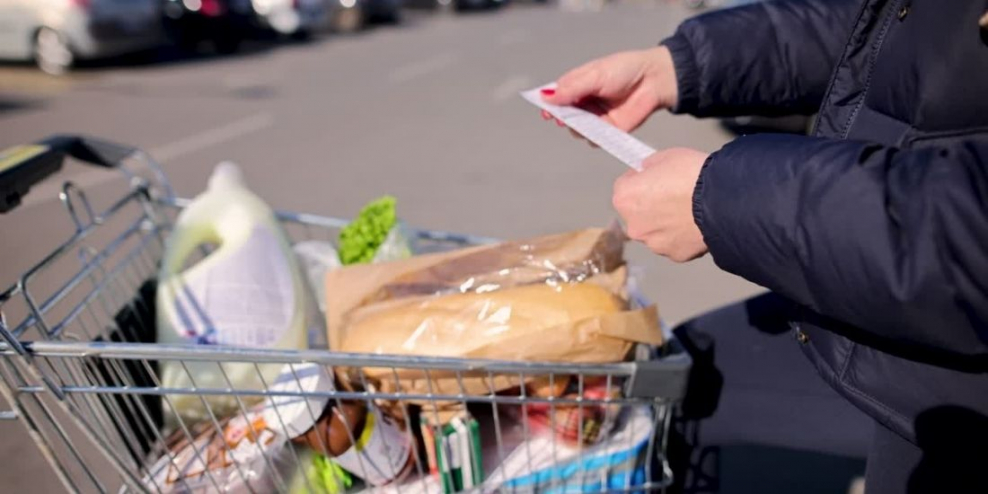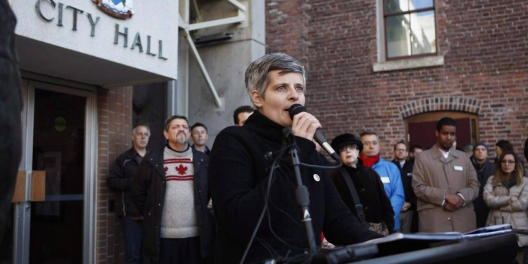It’s been a wild few years. There have been a ton of changes, and a lot of them are far from welcome.
One of those changes is how much you need to earn to live in the Valley.
Plot twist (or probably a cliche for BC at this point): the livable wage is now far above the minimum.
The minimum wage in BC just made it to $15.65. But a report from Living Wage for Families BC says the livable wage for the Valley has skyrocketed from $16.44 an hour to a whopping $20.26.
This means that, in order to support a family of four, both parents must be working full-time and earning at least $20.26 an hour.
In other words, that family must be earning $324.16 per day just to get by.
Let that sink in.
Obviously, there are a lot of situations where this is far from what families and individuals are surviving off of.
“We live in difficult times on many fronts,” said Courtenay-Comox MLA Ronna-Rae Leonard. She’s told Comox Valley News there are changes coming to make a difference. “I’m pleased we’re moving towards things that are going to help people.”
She spoke of a few different policies that could take a bit of pressure off.
The first of them is a childcare subsidy. Starting December 1st, parents will be able to save up to $550 a month for each child they have in a childcare centre. It’s a measure that Leonard says is “really going to help families.”
This should have a great impact on the living expenses of folks with kids. But it doesn’t address the universal rising costs of, you know, being alive.
For example, food prices. We all need to eat.
So what about those of us who have yet to bring any tiny humans into this wacky world?
“We started taking significant steps in September by capping rent increases,” said Leonard. She added that the family benefit (another win for the tiny humans) and climate action tax credits will also go up in January. She also noted BC Hydro customers will receive a $100 credit for bills.
“These are all things that should help mitigate the pain,” said Leonard.
So we might be able to keep a roof over our heads as we eat oatmeal and cup-a-soup after all.
It’s great that we’re getting a form of painkillers to treat some symptoms of the increasingly unaffordable cost of existing. But these policies aren’t addressing the underlying disease.
Across Canada, food is now the second-highest cost of living, right behind housing. In the Valley, monthly food costs are $1,230.07. That’s an extra $259.79 a month since last year.
Social Planning Society president Betty Tate noted a “marked increase in the use of food security programs in the last two years.”
Economist Iglika Ivanova is the lead author of the report. She said that while it’s great that the province is making policy changes to help families, the savings generated by those policies are pretty much obliterated by higher rent and food costs.
Ivanova said she sees many employers moving to pay employees a livable wage. But the labour market can’t be solely responsible for keeping up with inflation.
Especially when conglomerates are raising prices right along with wage upticks.
Matias Margulis is a UBC professor and former part of the United Nations’ Food and Agriculture Organization. He contributed to an annual food price report and argued to the Vancouver Sun that large-scale changes need to be made.
“It’s a wider societal issue, thinking about how do we secure affordable food for all in a time when we’re definitely seeing inflation, and decreasing purchasing power and standard of living?”









